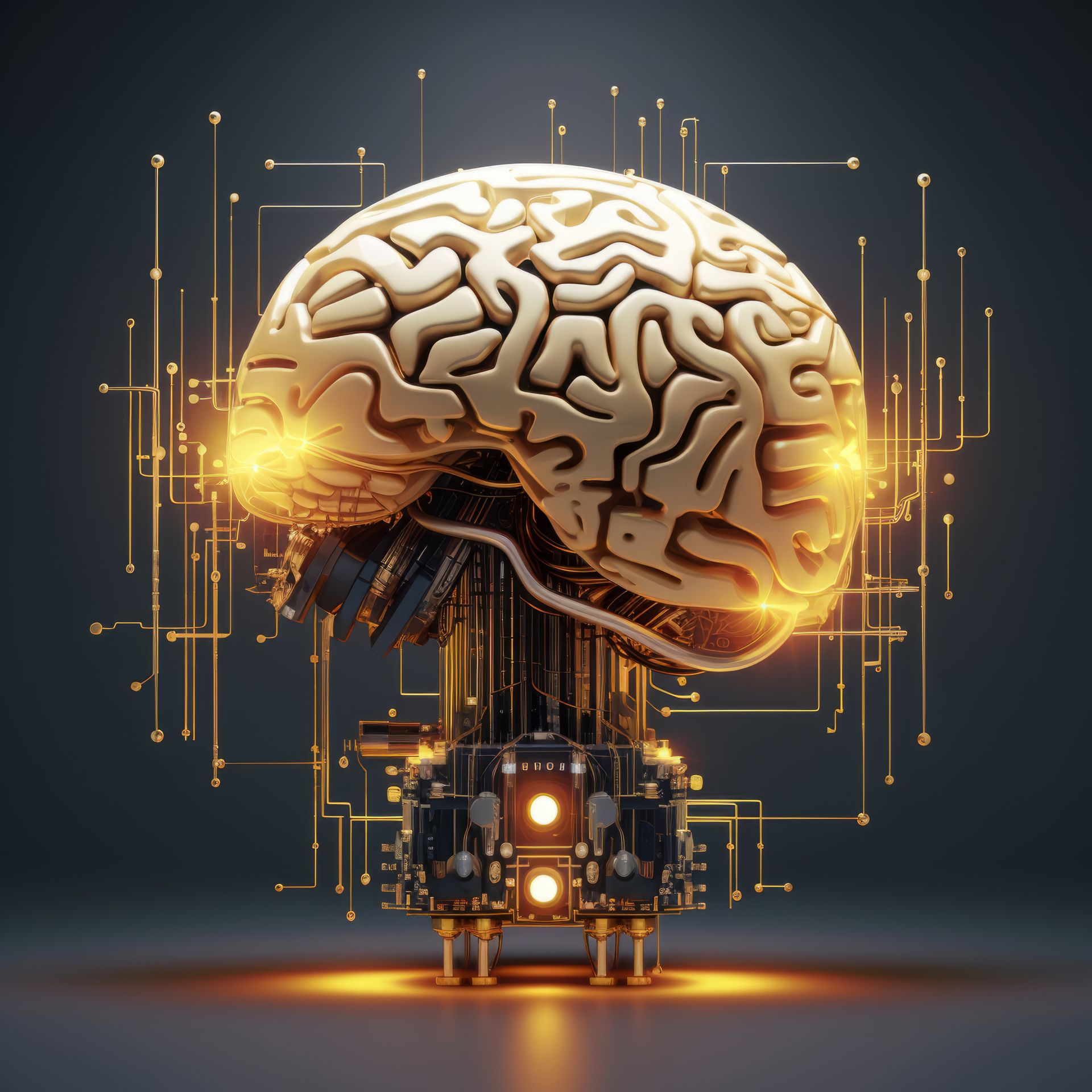Introduction

In today's fast-moving investment world, the competition isn't just between companies anymore—it's between humans and machines. AI tools have evolved from experimental tech to must-have resources, with some AI-powered investment funds beating market averages by 15-20% during recent market swings. These smart systems are changing how investments are researched, chosen, and managed—and shifting who (or what) controls the movement of trillions of dollars worldwide.
The Rise of AI in Investment Research
The financial world creates massive amounts of data every day—from stock prices and economic reports to company filings and social media comments. Reading all this information manually is impossible, making it perfect for artificial intelligence.

AI tools now handle tasks that once needed teams of analysts:
- Reading thousands of financial reports in seconds
- Spotting patterns across many markets at once
- Catching subtle signals that human analysts would miss
- Testing investment strategies through simulations
- Watching market conditions 24 hours a day, 7 days a week
Recent reports show over 85% of financial firms are now using or exploring AI for investment research—up dramatically from just 30% five years ago.
How AI Tools Are Changing Investment Analysis
1. Smart Text Reading for News Analysis
Modern AI systems can "read" and understand news articles, earnings call transcripts, and social media posts. These systems can:
- Detect positive or negative feelings about specific companies
- Notice small changes in company statements that might signal future problems
- Track new trends across industries
- Turn information from thousands of sources into useful insights
One hedge fund cut research time by 70% after using these AI reading systems, allowing their analysts to focus on more valuable work rather than just gathering information.
2. Pattern Spotting and Future Predictions
AI excels at finding patterns in past data and using them to predict what might happen next:
- Forecasting market movements based on multiple factors
- Finding connections between seemingly unrelated events
- Flagging unusual trading patterns
- Predicting industry shifts and economic cycles
These abilities help investors anticipate market changes rather than just react to them, creating a significant edge.
3. Alternative Data Analysis
Beyond traditional financial numbers, AI now analyzes different types of information:
- Satellite images of store parking lots to measure customer traffic
- Credit card data to identify consumer spending trends
- Website data to track price changes across industries
- Social media monitoring to gauge public opinion about brands
For example, some investment firms used AI to analyze satellite images of oil storage tanks during market uncertainty, gaining key insights about supply levels before official reports were released.
4. Portfolio Management and Risk Control
AI tools excel at the complex math needed for modern portfolio management:
- Running thousands of "what-if" scenarios in seconds
- Creating the best mix of investments based on risk tolerance and goals
- Constantly rebalancing portfolios as markets change
- Testing strategies against historical and possible future scenarios
This dynamic approach has helped many firms reduce losses during market downturns while maintaining strong performance during good times.
Real-World Examples Changing the Industry
Robo-Advisors Getting Smarter
The first robo-advisors offered basic investment allocation. Today's AI-powered platforms provide much more:
- Custom investment recommendations based on your personal goals
- Automatic tax-saving opportunities
- Dynamic asset adjustments that respond to changing market conditions
- Behavioral coaching to help investors avoid emotional mistakes
With fees often 50-80% lower than traditional advisors, these platforms have made sophisticated investment strategies available to everyone, not just wealthy clients.
Quantitative Hedge Funds Leading the Way
Quant funds like Renaissance Technologies and Two Sigma have used algorithms for years, but today's AI-powered funds operate at a whole new level:
- Learning models that continuously improve their trading strategies
- Systems that simulate market dynamics
- Algorithms that get better through experience
- Networks that find complex relationships between different factors
These approaches have delivered impressive results—many AI-focused funds have outperformed traditional methods in recent years, especially during market uncertainty.
Financial Institutions Adding AI Tools
Major banks and investment firms now provide AI-powered tools to their advisors and clients:
- Research summaries that condense complex reports into key points
- Monitoring systems that alert users to potential opportunities
- User-friendly dashboards that explain complex concepts simply
- Compliance checks that identify potential regulatory issues
These tools help human advisors serve more clients more effectively while reducing costs
Challenges and Limitations
Despite their power, AI investment tools face important limitations:

The Black Box Problem
Many AI systems work in ways that aren't easily explained. This creates challenges for:
- Meeting regulatory requirements that demand transparency
- Building client trust in AI recommendations
- Understanding and fixing algorithmic biases
The industry is working on "explainable AI" approaches that make decision processes clearer.
Data Quality Issues
AI systems are only as good as the data they learn from:
- Historical data may not predict future conditions
- Biases in training data can lead to investment mistakes
- Poor quality data sources can cause misleading conclusions
Leading firms now have specialized teams focused solely on data quality and accuracy.
Overreliance Risks
Depending too much on AI systems creates its own risks:
- Risk of herd behavior when many systems use similar models
- Vulnerability to new market conditions not seen in training data
- The ongoing need for human oversight and judgment
Most successful approaches combine AI capabilities with human expertise rather than trying to automate everything.
The Future of AI in Investment Research
Looking ahead, several emerging trends will likely shape how AI develops in finance:

Private and Secure AI Learning
As data privacy rules get stricter globally, new approaches that let AI learn without directly accessing sensitive data will become increasingly important.
Understanding Human Behavior
Next-generation systems will better understand human psychology in markets, helping investors overcome mental biases.
Integration with Decentralized Finance
AI tools will increasingly work within blockchain and DeFi systems, enabling new forms of automated trading and risk assessment.
Conclusion: Are You Ready for the AI Investment Revolution?
While some investors fear being replaced by algorithms, the smartest professionals are embracing AI as a powerful partner. Tomorrow's most successful investors won't be purely human or machine—they'll be those who use AI's analytical strength while adding human creativity, understanding, and judgment that algorithms still lack.
The question isn't whether AI will transform investment research—it's whether you'll be among those using this technology to gain an edge, or those left behind analyzing markets with outdated tools. In a world where every millisecond and data point matters, partnering with AI isn't just an option—it's quickly becoming essential for success in modern finance.
Start writing here...
The Billion-Dollar AI Brain: How Smart Tech is Beating Human Investors